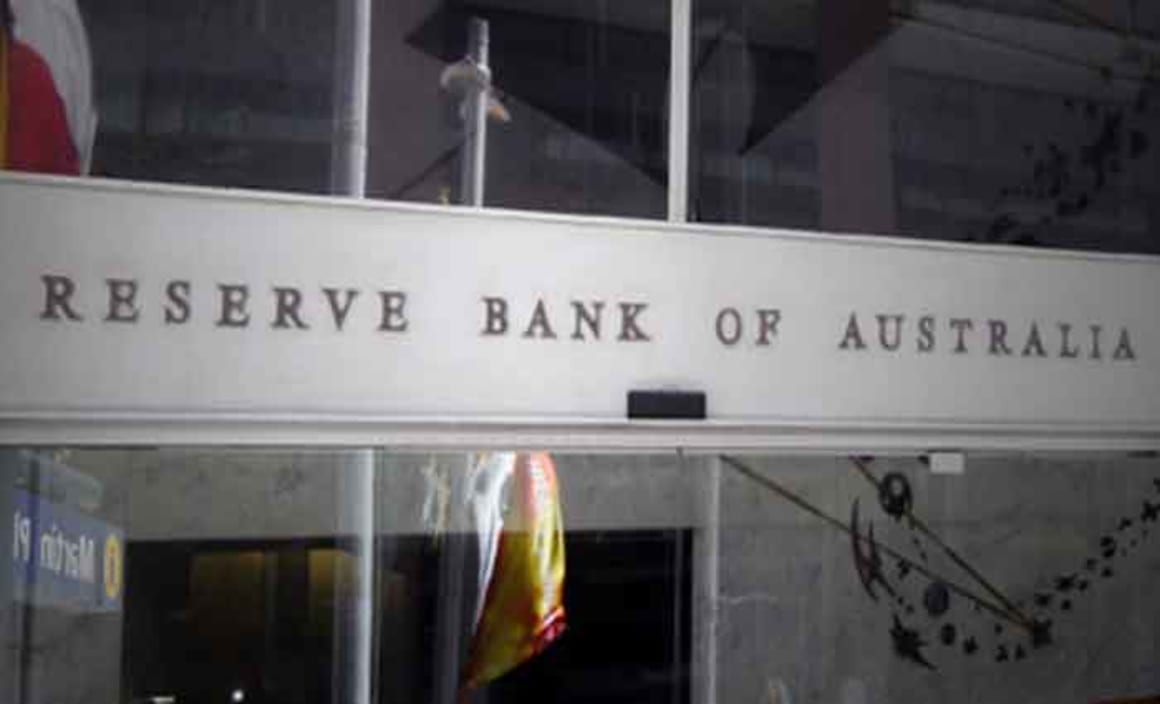RBA sees housing risks more apparent than expected: Westpac's Bill Evans

GUEST OBSERVER
As expected the Board of the Reserve Bank decided to leave the cash rate unchanged at 1.50 percent.
We were most interested in how the Governor assessed the housing market in the light of strong auction clearance rates and some evidence of higher price growth in Sydney and Melbourne.
Recall that the key assertion in the statement following the August cut was that “the likelihood of lower interest rates exacerbating risks in the housing market has diminished”. It is not surprising that this sentence was not repeated in the September statement. Arguably if we had not seen the evidence in the Sydney and Melbourne markets the Governor would have been sufficiently emboldened to repeat that assertion.
The other key theme around housing in the August statement was that “dwelling prices have been rising only moderately over the course of this year”. This statement repeats that assertion with an important qualification: “dwelling prices OVERALL have risen moderately over the past year”. That would appear to be recognition that the term “moderate” no longer applies to some parts of the country, specifically Sydney and Melbourne.
There have been some other subtle changes of language in this statement. In August, overall growth was described as continuing “at a moderate pace”. In this statement growth is described as: “overall growth is continuing”, arguably leaving out the word moderate indicates that he is not prepared to commit until tomorrow’s release of the GDP report. Equally, in August, areas of domestic demand were described as “expanding at a pace at or above trend”. In this statement areas of domestic demand are merely described as growing.
There is no change in the assessment of the key policy variables – inflation and employment. Inflation continues to be described as “quite low” and is expected to remain so for some time. Labour market indicators are still described as “somewhat mixed”.
The global outlook remains the same. The global economy is expected to grow at a lower than average pace and “China’s growth appears to be moderating”.
The final paragraph in the statement is a replica of the statement used in June following the May rate cut with a very clear neutral bias being signalled. While this is an accurate assessment of current thinking it seems highly unlikely that the outgoing Governor would have left the new Governor with any particular commitment. Better to allow total flexibility over the next few months.
Conclusion
Since the beginning of 2013 when interest rates had dropped to 3.00% the Bank has cut rates on six occasions and all of them have been in the months February, May, August and November. These dates are significant in that they coincide with an update on the inflation outlook and also the release of the Bank’s quarterly Statement on Monetary Policy when the Bank’s forecasts are reviewed. This means that the next possible time of a rate cut would be November this year.
We expect that rates will remain on hold in November. Our forecast for underlying inflation in the September quarter is 0.5% which, following a 0.5% for the June quarter, allays concerns that the Bank may have had( following the 0.2% print for the March quarter) that inflation was tumbling out of control.
We would also like to think that the new Governor might adopt a slightly wider target band (1-3%) when he reaches agreement with the Government on the new Inflation Target. A decision like that would take further pressure off a pursuit of a 2.50% inflation print given current global conditions. It would not be a good policy approach to pursue an unrealistic inflation target at the possible expense of destabilising asset markets and a further increase in in household debt ratios.
This expectation is not contingent on our forecast of steady rates in November given that we have to reluctantly recognise that a change in target is not likely.
Other factors that might prompt a rate cut in November would be a rampant AUD in response to further evidence that the Fed will remain on hold in December. However, whilst we think that decision by the Fed is unlikely we also expect that commodity prices will be weighing on the fair value of the AUD by that time.
Today’s statement really only provides a reasonable signal that the confidence around housing we saw in August has been shaken a little, slightly lowering the chances of that November cut.
Developments in the real economy will also be important. We expect tomorrow’s GDP report to print 0.5% for the quarter and 3.3% through the year. That will be the most up to date real sector information for the November meeting and of course represents around half a percent faster growth than the RBA’s current trend assessment.
While the Governor continues to describe labour market indicators as “somewhat mixed” our own research is more encouraging with employment growth likely to hold in the 1.5-2 percent range.
Overall we do not expect any change at the October meeting and are also anticipating steady rates in November.
BILL EVANS is chief economist of Westpac.